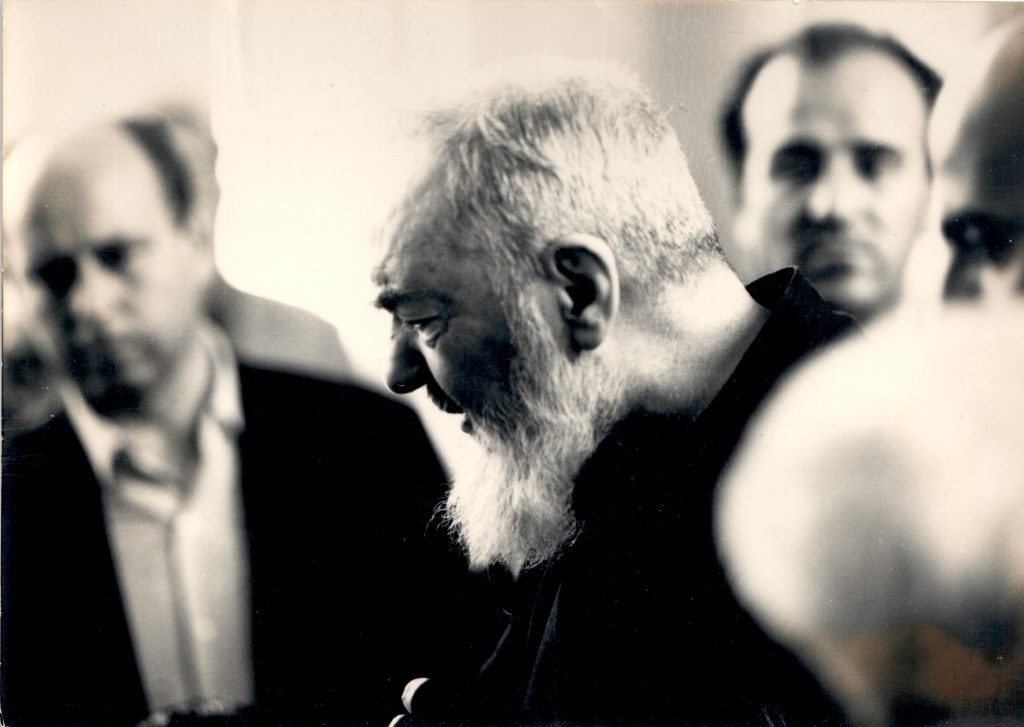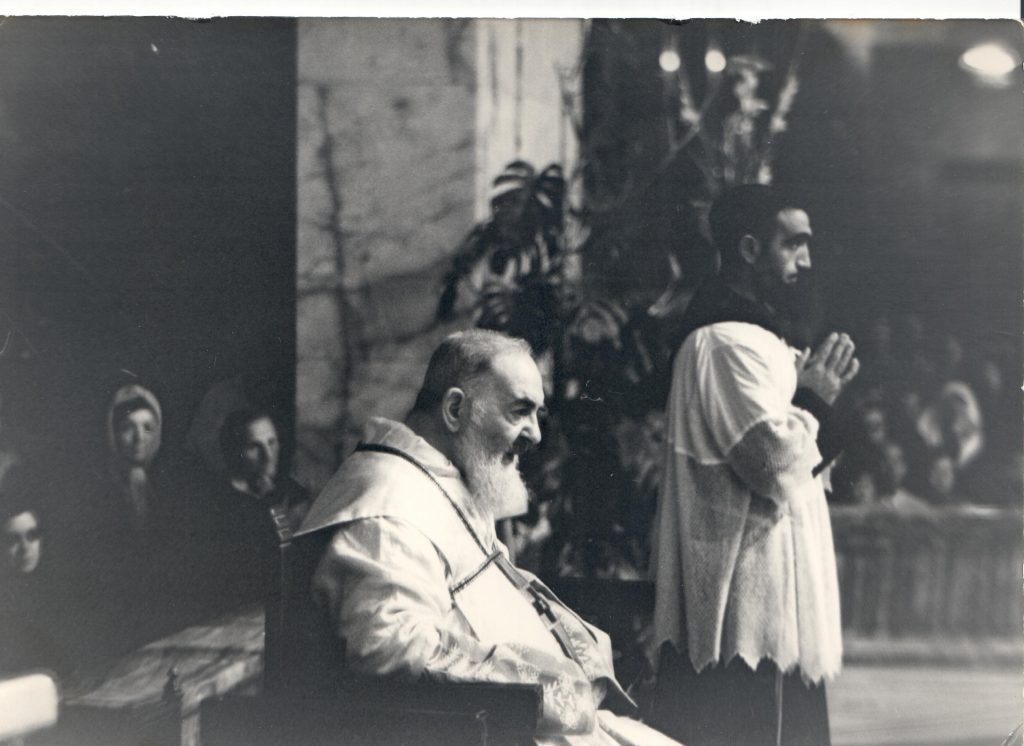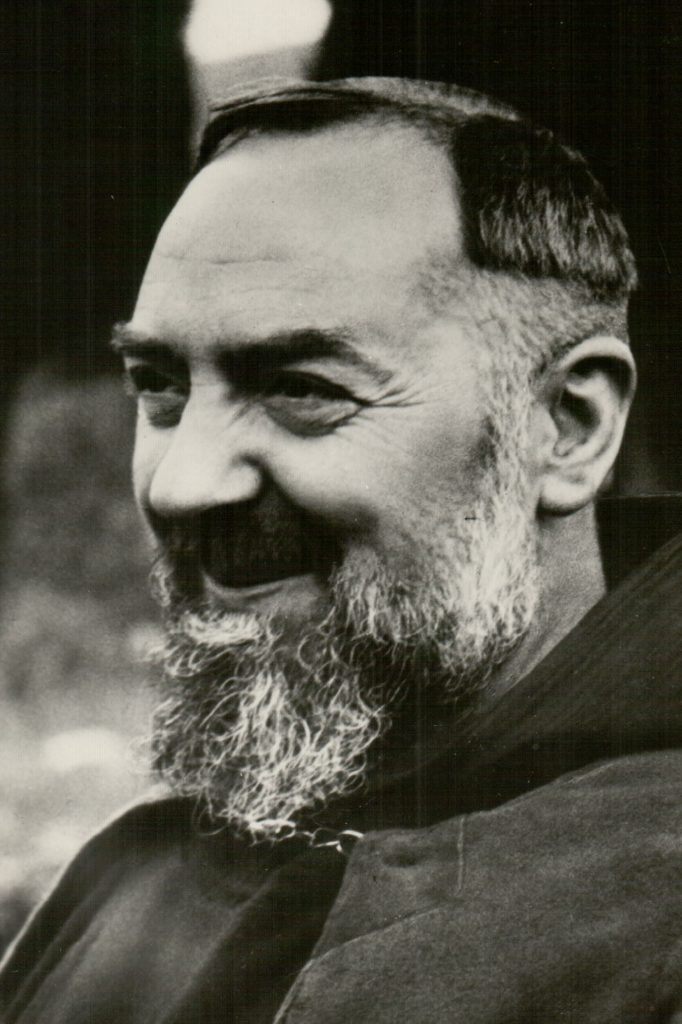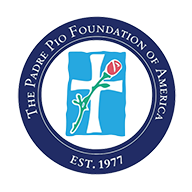Saint Padre Pio was an Italian priest who was known for is adoration of charity and love for the people around him. He bore the wounds of Christ, which is still something that cannot be explained. Francesco Forgione was born May 25th, 1887 in Pietrelcina, Italy. He was the son of peasant farmers Grazio Mario Forgione and Maria Giuseppa Di Nunzio. He had three younger sisters (Felicita, Pellegina, and Grazia) and one older brother (Michele), as well as two other siblings who had passed away as infants.
Padre Pio was baptized in the Church of Saint Ann in Pietrelcina. He was an altar server later on in this same chapel. By the time he was five years old, he had already made the decision to dedicate his life to God. He began taking on penances to prove his dedication and love for God. He expressed great desire to be involved with the Catholic faith, mainly because of his upbringing. The Forgione family was devoted to their faith. They were all devout Catholics, but Francesco had a deeper connection.
As a child, he worked on the farm by taking care of a small flock of sheep that the family owned until the age of 10, which delayed his education greatly. When it came time to join the Capuchin order, he was told he needed to be better educated before he could become involved. He was able to receive private tutoring at the age of 15 and this allowed him to enter the novitiate with the Capuchin Franciscan Friars in Morcone. This is where he took on the name “Friar Pio”. Capuchin priests seek extreme poverty, strictness, and simpleness. They try to live as closely to St. Francis’ ideals as possible.




 and then
and then